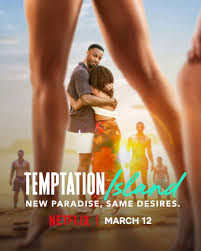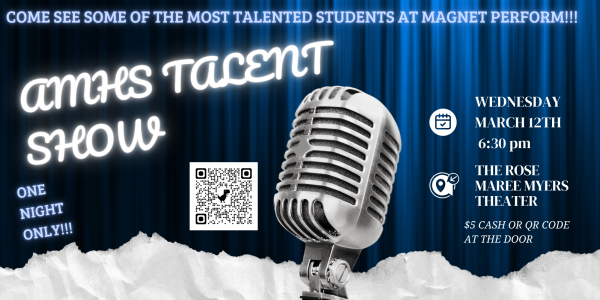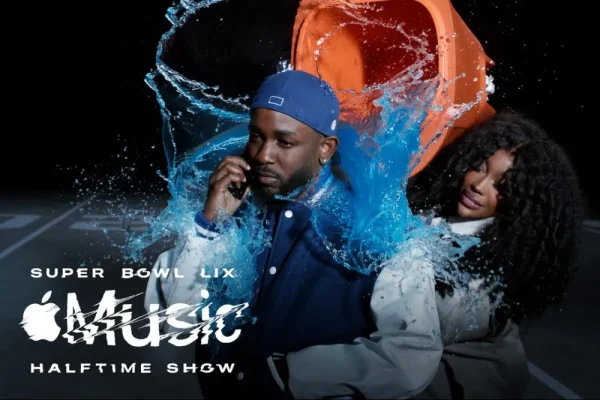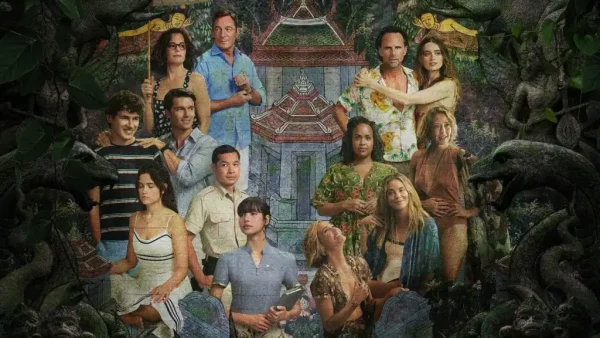New York Times Article Recommendations
Read Invisible Child by Andrea Elliot, the five-part series about child homelessness.

As a paying subscriber to the New York Times, I read many articles that I find interesting and always want to discuss the articles with my peers and others. I am excited to share these articles and talk about them in this week’s article. This week I will be following Ms. Hurt’s suggestion that I should not write an opinion article (because she does not want to hear it). Loving the encouraging vibes! Anyways, here are some great New York Times article’s that I recommend.
1.) Should Schools Be Allowed to Censor Student Newspapers? – Natalie Proulx
This article is one I found recently and have to say it is fascinating! Not long ago, a California high-school student journalism class publically scrutinized their school board for taking down an article about their 18-year-old classmate who used pornographic websites to make money for themselves. The controversy gained coverage very quickly, with local news media stations covering the story. There are also accounts of a school in Pennsylvania coming into scrutiny after taking down a student’s article about mental health.
I put this article in the number one spot because I found it interesting that schools in other states have problems with censorship on pornography and mental health issues. In contrast, schools in the South seem to have trouble with students’ opinions of less controversial topics such as student wellbeing and class involvement.
2.) Why Is It So Hard to Speak Up? – Ruchika Tulshyan
This article tackles the idea of psychological safety, the act of public speaking without convincing yourself you are being ridiculed or shamed. The article mentions the privileges some of us have, including me, due to racial inequalities. It also discusses the importance of feeling safe in an environment to speak one’s mind confidently.
What I found interesting about this article was its ability to accurately portray one individual’s story and apply it to the general idea of psychological safety. The writer allowed me, the reader, to change my own perspective of public speaking and overall social confidence.
3.) The Coronavirus Made the Radical Possible – Rachel M. Cohen
This article completely opened my mind to a new perspective of life after the Coronavirus pandemic. It talks about how the Covid-19 virus allowed lawmakers to make decisions that were unheard of before. Unemployment disparities due to race, homelessness, and more federal funding into low-income housing are a few examples of policies that the coronavirus arguably forced attention on.
These important issues now are at risk of losing media coverage, therefore political traction, now that Covid-19 is on the decline. With hindsight bias, I can say this an obvious issue that I would have realized, but truthfully, I may have not without this article.
4.) How Y’all, Youse and You Guys Talk –
This interactive quiz put out in 2013 is still one of the most popular quizzes put out in the New York Times. It is a twenty-five-question quiz about the different American dialects. By the end of the quiz, it tells you which accent/ American dialect you have.
I believe the quiz to be pretty accurate considering the cities I got were Philadelphia in first, San Antonio in second, and St. Louis in third. For those who do not know, I was born in St. Louis and raised in Philadelphia. I do not know where the San Antonio dialect comes from but my cousin did just move to Texas last year so maybe that is it. Highly recommend!
Link to quiz: https://www.nytimes.com/interactive/2014/upshot/dialect-quiz-map.html
5.) Invisible Child – Andrea Elliot
(click on photo for link to article)
If you are going to take anything from this article, I hope it is to read Invisible Child, the five-part series about child homelessness. It specifically shows pictures and tells the story of Dasani (right), an eleven-year-old girl who is one of the twenty-two thousand children experiencing homelessness in New York City alone. Having a blind sibling, sexual predators in the shelter where she lived, unsanitary living conditions within the shelter, and no money are all things Dasani had to deal with before her twelfth birthday.
homelessness. It specifically shows pictures and tells the story of Dasani (right), an eleven-year-old girl who is one of the twenty-two thousand children experiencing homelessness in New York City alone. Having a blind sibling, sexual predators in the shelter where she lived, unsanitary living conditions within the shelter, and no money are all things Dasani had to deal with before her twelfth birthday.
I read this article three years ago and it was one of the first times I had ever even been made aware of how bad the child homelessness crisis is in America. With this article serving as a launchpad into more research, I became cognizant of the struggles hundreds of thousands of little children are experiencing. I encourage readers to do their own research also, specifically how generational racism and the top 1% of the rich are making an escape from a life of poverty and misfortune almost impossible for children born into it.
There are many other articles that I could discuss and recommend, but I will leave it to the reader themself to go out and learn something new. New York Times and other subscription news are a great way to stay in the loop for those who do not watch the news channels. Stay rad Raptors.







